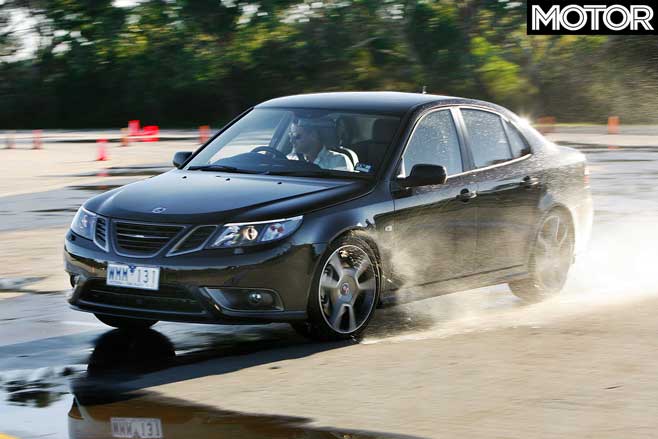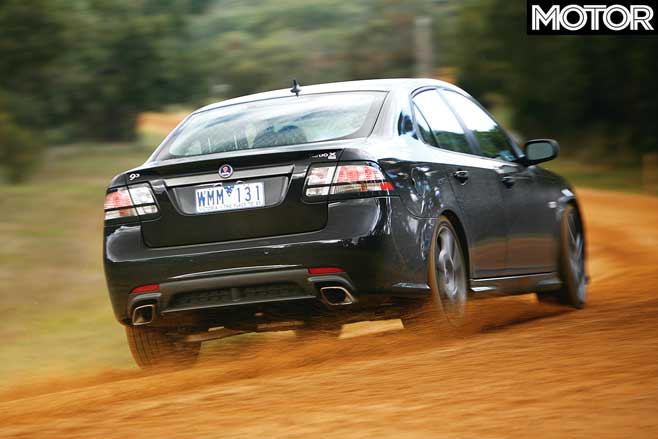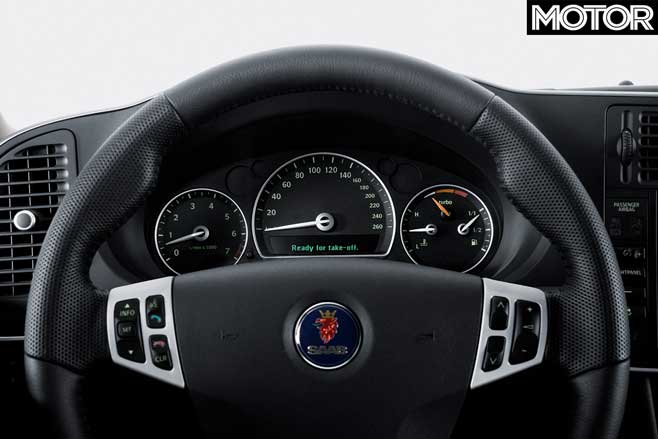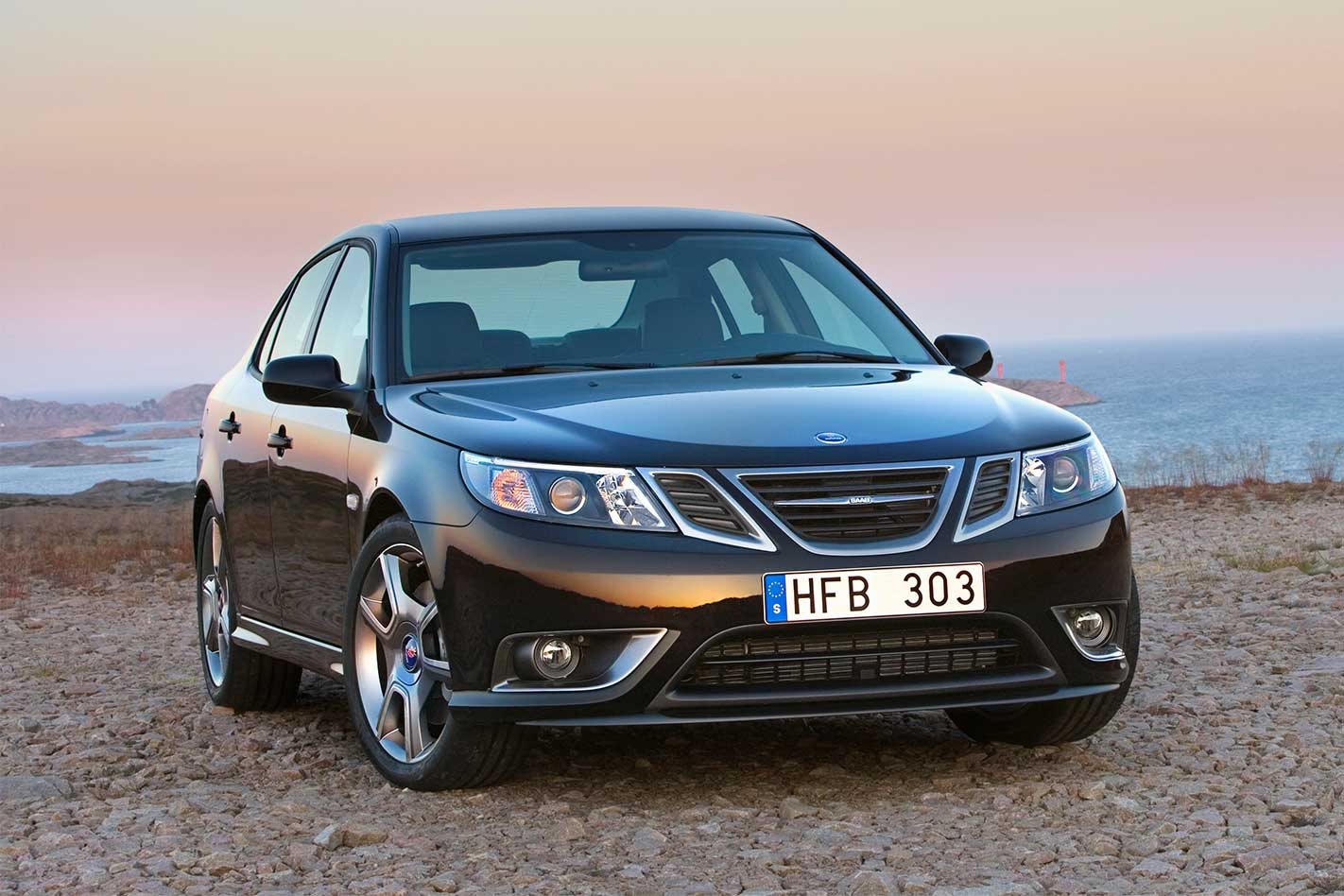It’s hard to believe that Saab hasn’t developed an all-wheel-drive car before the Saab 9-3 Turbo X.
This review was originally published in MOTOR’s September 2008 issue
With two minor exceptions — the 9-2X (a badge-engineered Subaru WRX) and 9-7X (a Chevy Tahoe clone) — the brand has adhered strictly to front-drive for nearly 60 years. Thirty of those have included turbocharging, and we all know what happens when big-time boost is fed through the front. Which begs the question, why the delay?
You can’t really blame the Swedes. It’s only recently that GM has shown genuine interest in reviving this once-proud brand, and the first evidence of this is Saab’s new XWD (Cross-Wheel Drive) — developed by the engineers at Trollhattan using the latest fourth-generation Haldex system.
While XWD’s ability to transfer drive between front and rear wheels is nothing new, the rally-inspired active limited-slip rear differential certainly is. This ‘eLSD’ uses data from speed sensors in the rear wheels to transfer up to 50 percent of the drive torque between the driveshafts to the wheel with best grip.
Or if the wheel on one side slips on a low-friction surface (like ice on a roadside edge), up to 85 percent can be directed to the wheel with the most traction. According to Saab, this is eLSD’s first road-going application.

The tricky rear diff also measures roll and steering-angle data in order to proportion rear-wheel-driven torque to reduce both understeer and oversteer. And it works. Brilliantly.
Through a bitumen slalom set-up at Holden’s Lang Lang proving ground, the 9-3 Turbo X felt fast and very stable. It understeers, though not to a huge degree, but its back end simply refuses to budge in the dry — even with ESP switched off — and it feels virtually the same in the wet.
On dirt, the Turbo X’s purchase is superb. Because XWD transfers up to 100 percent of drive to the rear under full-throttle take off, and up to 80 percent exiting a bend under hard acceleration, the Turbo X feels resolutely planted.

And the eLSD diff helps maintain very controllable balance, even during throttle lift-off in fast dirt corners. The Saab drifts its tail to keep its nose tucked in, but wastes minimal time playing with excessive oversteer theatrics.
Complementing this supreme grip and control is the Turbo X’s meatier, better-connected steering that is vastly improved, plus retuned springs, dampers and anti-roll bars, and a self-levelling rear end with a 50 percent increase in camber stiffness.

Indeed, the Turbo X feels tough and solid, which is exactly what it is — at 1741kg for the auto sedan, it’s heavy, so don’t expect the 206kW turbo V6 to feel particularly quick. Best stick with the manual, too (0-100 in 6.2).
Late this year, the limited-edition Turbo X’s vitals will transfer over to all 9-3 Aeros, which is a definite plus. But the excellent XWD system really deserves more power. And a new-generation Saab to go with it.
2008 SAAB 9-3 TURBO X SPECS Engine: 2792cc V6, DOHC, 24v, turbo Power: 206kW @ 5300rpm Torque: 400Nm @ 1900-4500rpm Weight: 1741kg 0-100km/h: 7.3sec (auto – claimed) Price: $93,800 (auto sedan, 19in wheels)
Like: Superb AWD system has masses of grip; Turbo X looks tough Dislike: Weight; recalcitrant auto; ageing design; needs more power





